Making recipe videos has become a huge part of what A Sweet Pea Chef is all about, but it wasn't always that way. In fact, there was a long time that we didn't start creating recipe videos because I was too afraid to be on camera and felt overwhelmed by all I didn't know or understand. Fortunately, we finally got started making food videos and, along the way, have grown to love it and all the power of video.
If you haven't started video for your blog yet, but you know you'd love to add video, this post is for you. This post is here to help you understand the basics of what you should know before you get started making your own recipe videos.
Good news: learning how to make recipe videos is easier than you probably think. Yes, you can get yourself confused with all the equipment and terminology out there, but you don't have to. The trick is to get started, and the go from there. Trust me - you'll be so glad you did.
So, let's dive in to the 7 things you need to know for how to start making recipe videos.
1. Get started yesterday.
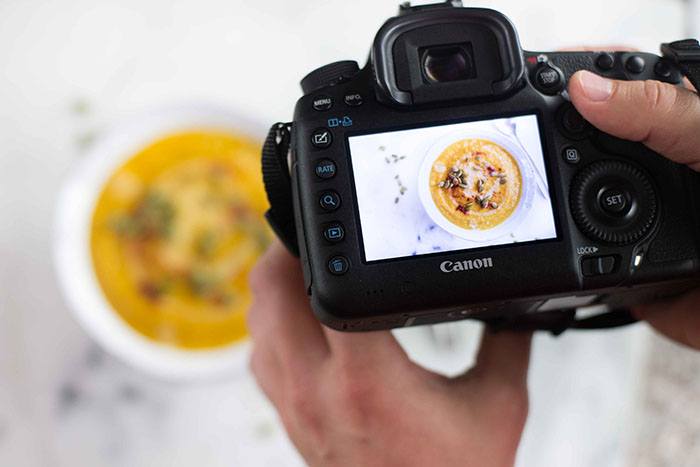
Seriously. This couldn't be more true. The quicker you get started and get something out there, the quicker you'll learn. What will you learn? You'll learn what you don't yet know and need to better understand. You'll learn how similar video is photography. You'll learn how it's really not that scary. You'll learn your baseline upon which you can start to improve. You'll learn you should've gotten started yesterday. The biggest barrier to getting started making recipe videos is not getting started -- thinking you need more than you do before just going for it. Jumping in and taking that chance will pay off - all you gotta do it jump.
Think you need to go buy a whole bunch of equipment? Think again. Take a look at your camera to see if it can take video. If it can, that's great. If it can't, you still have options. You can use your phone and start creating live video on Instagram or Facebook or even record entire recipe videos on your phone and edit them. Anything you can do to utilize video to reach your audience will pay you back with more engagement on your social media accounts and more devoted followers.
2. Understand the settings on your camera.
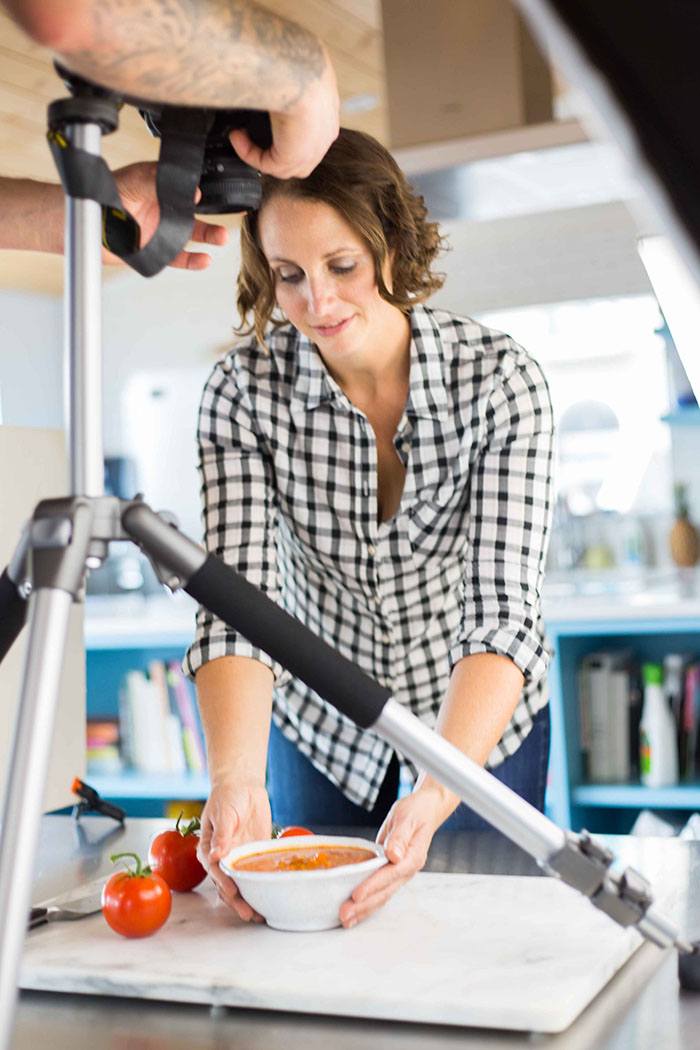
If you don't already shoot in Manual mode on your DSLR, I highly recommend you start. Not only will this make you a better photographer, it will help you to manage your camera settings with light and atmosphere changes when you're shooting. Yes, you can make some changes in post, but it will not be nearly as powerful as getting the best quality video recorded by suing the correct settings.
To be honest, even after years of taking food photography, I didn't fully understand my camera settings. It wasn't until I started creating food videos that I started learning how to manually change my ISO, f-stop, and white balance on my camera. Until then, I relied heavily on my camera to make the decisions. Learning how to use my camera in Manual mode has been an amazing lesson and has empowered me to trust myself and not rely on my camera to do the work. If you don't quite know where to start, first focus on tutorials for f-stop (and depth of field), ISO, shutter speed, and white balance since these are the most helpful to creating recipe videos (and photography, for that mater!).
3. Decide on editing software.
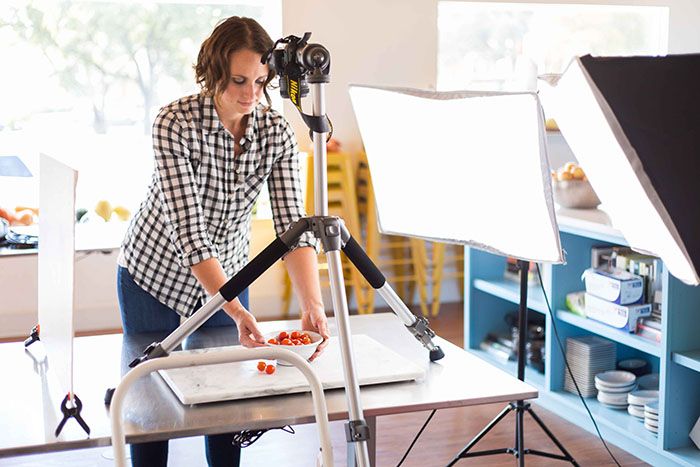
Editing is one of those concepts that scares people the most about getting started creating recipe videos. The good news is it doesn't have to be that complicated or scary -- or even expensive. Yes, there are some amazing and robust editing softwares out there, like Adobe Premiere Pro (which is what we use) and Apple Final Cut Pro, but there are also free or cheaper softwares you can you use to get your feet wet, like iMovie, Lightworks, and Cinelerra. Look for programs that will allow you to do basic editing, such as uploading your raw video files, adding text, cutting and splicing together clips, and exporting. This is seriously all you need to get started.

4. Figure out your storage.
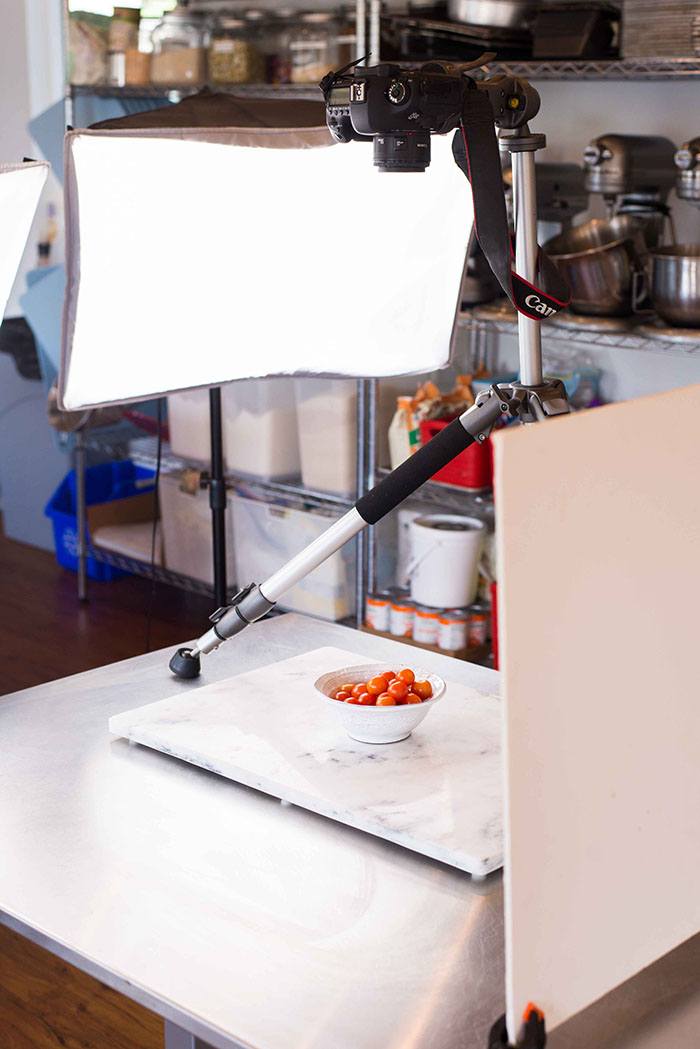
One important thing to note about video is the size of the video files. While your typical high-res photo will take up about 1 MB of space, a full 1 minute recipe video will take up about 70 MB of space. This may not be an issue for you right away, but -- over time -- the videos add up and storage becomes important for your computer to run efficiently. Fortunately, there are some great options to store your videos (and photos!). Box, DropBox, and Google Drive are all great cloud-based storage systems where you can upload your files for a monthly fee. If you prefer to have an external hard drive of your own, we recommend this LaCie Rugged 2TB External Hard Drive which is very durable and holds a on of space.
5. Remember your food styling and lighting.
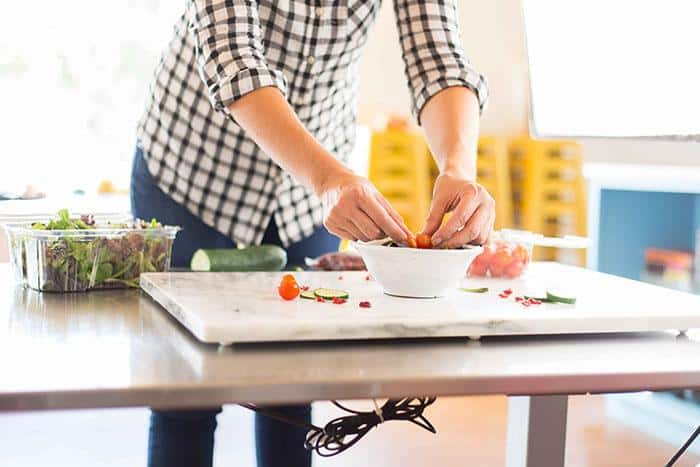
Fortunately, all that time you've spent creating your special brand and style will still be very helpful when creating recipe videos. The food still needs to look amazing and have interesting composition, and color so people will want to watch it. Lighting is very important for creating food video since it's not as easy to correct your lighting in post as it is for photography. This means you'll be able to carry over your food props, lighting sets, reflectors, and whatever else you use to make beautiful and engaging food photos into your recipe videos. Try to ask yourself along the way, "Does this look interesting?" and "Would I want to watch this?" to help guide you.
6. Have a plan.
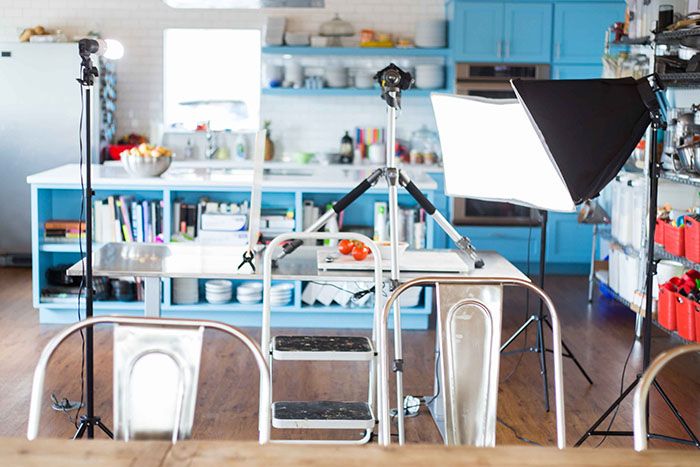
Getting into video is very exciting and a opens up a whole new world for you to reach your current audience and millions of potential followers across the globe. Before you get started, I encourage you to think of your brand and your purpose in using video so that you can create the best experience for the viewer. Consider what your brand provides to your followers and how you can use video to enhance that experience. What is your brand's message?
For example, at A Sweet Pea Chef, we use recipe videos to help demonstrate to our audience that eating healthy is easier than you might think. In order to accomplish this, we create easy, quick, and approachable recipe videos to show just how easy it will be for someone to try eating healthy on his or her own. We avoid confusing directions or unhealthy recipes in our videos, which would go against the brand we have created. Consider what message you're trying to get across in your videos for your brand and what your audience will find interesting and engaging and you've got yourself a plan.
7. Research and iterate.
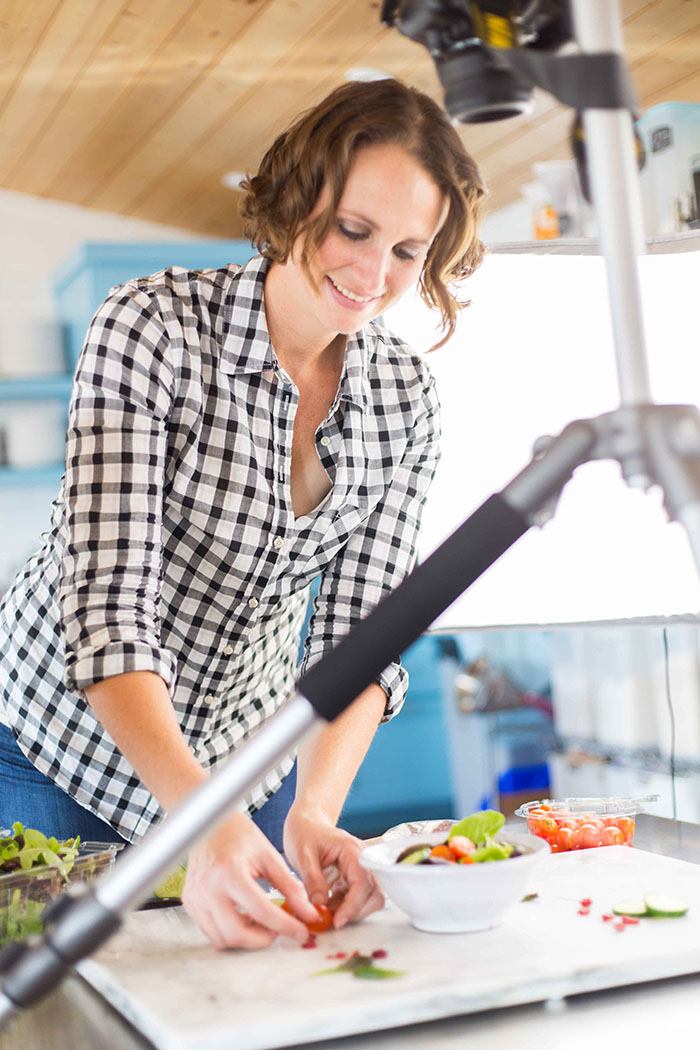
Once you dive in and get started creating recipe videos, you'll quickly have a better understanding of where you can improve. Was the lighting not quite even? Was it too strong and harsh? Did the transitions not move as smoothly as you'd like? Did the camera shake too much while you were chopping? Was it not quite in focus at some parts? Did it seem like it didn't move along quickly enough?
Once you have a final video, you'll be able to assess it, research how to improve, and iterate so your next video will be even better. Every video is an opportunity to improve on the last, just like with photography. It can also be very helpful to start watching recipe videos from other bloggers you resonate with. What is it that you like about these videos? What do you not like? Try to start teasing apart what you like and then recreating that using your own style in your videos.
I hope this list helps you to feel more comfortable getting started with creating food videos. Video is an amazing tool to reach so many people and to expand your own brand and creativity. I wish you the best of luck on your journey and know you can do it - all you need to do is get started!
For more on how to start making recipe videos, sign up to receive updates about our Recipe Video Workshops.
***Workshops are closed***

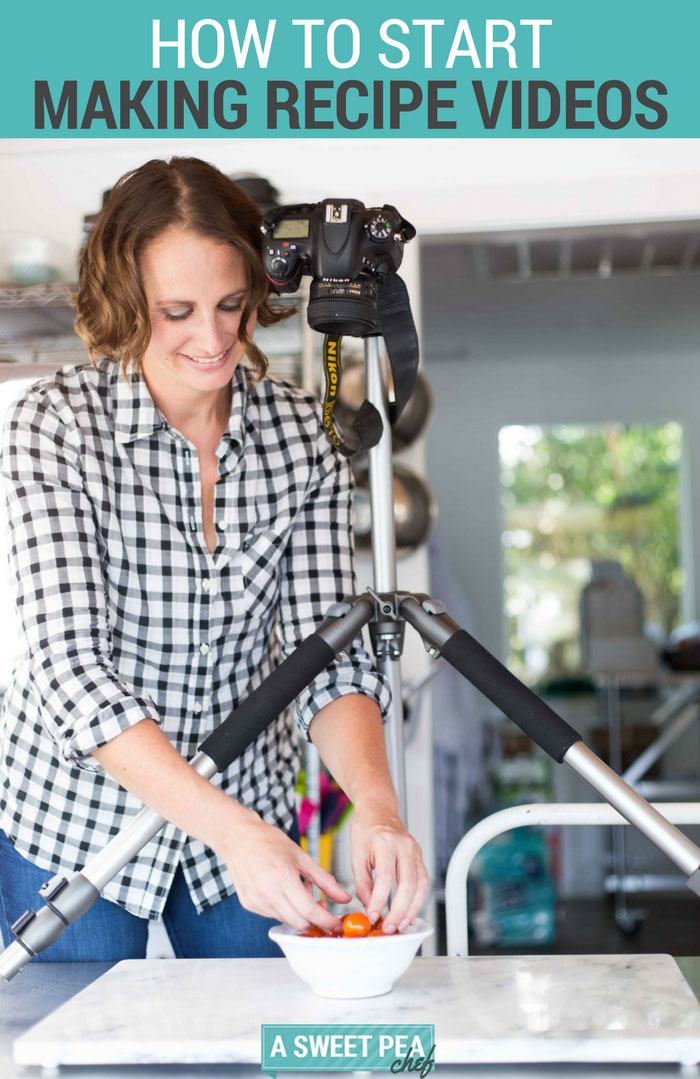
Comments
No Comments